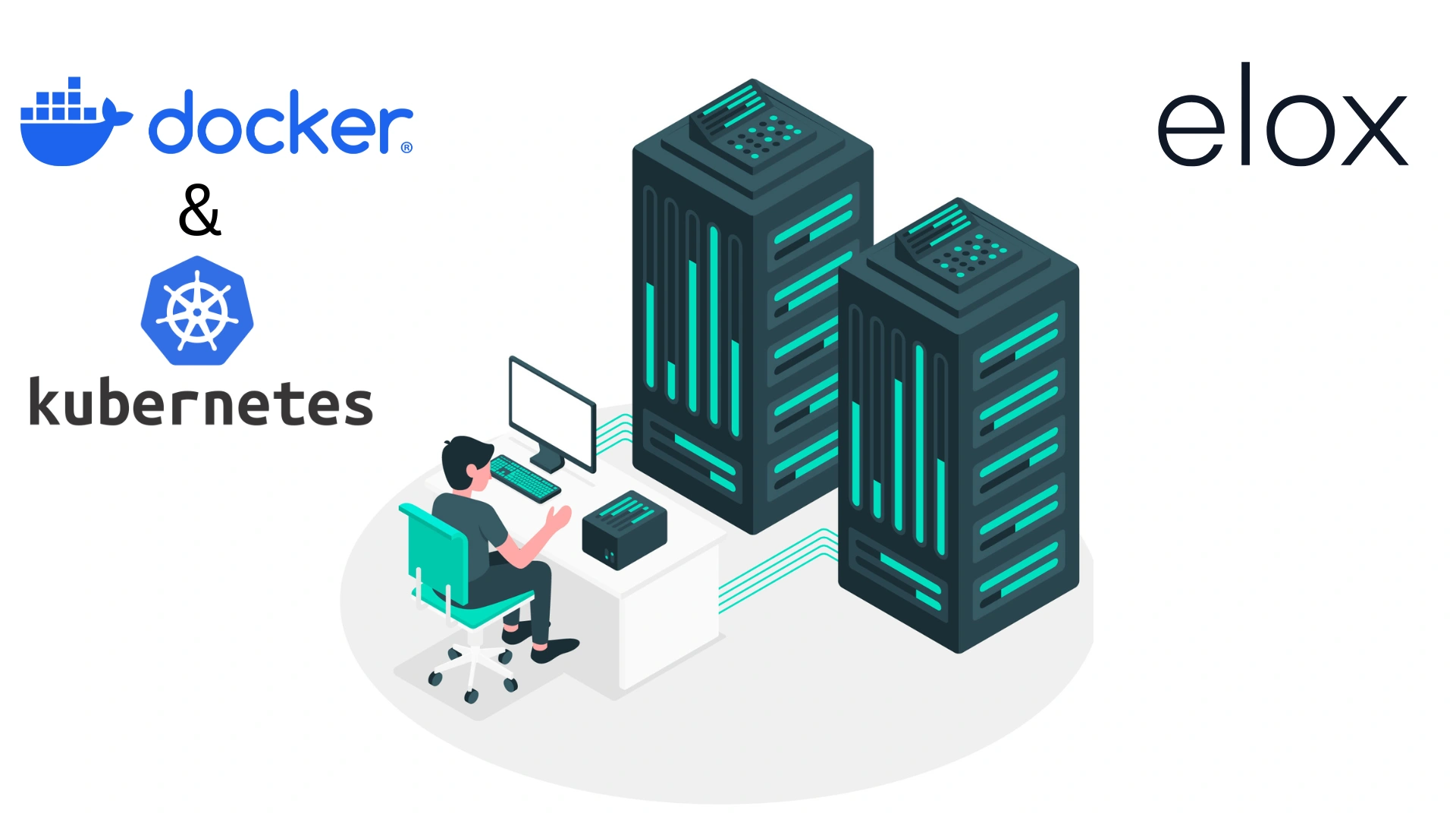Containerization has transformed application development by providing consistency, scalability, and portability across different environments. This guide explores Docker and Kubernetes, the two leading technologies in the containerization ecosystem.
What is Containerization?
Containerization is a lightweight form of virtualization that encapsulates applications and their dependencies into self-contained units called containers. Unlike virtual machines, containers share the host OS kernel while maintaining isolated user spaces. This approach ensures:
- Faster startup times
- Efficient resource utilization
- Uniform application behavior across environments
Introduction to Docker
Docker is an open-source platform that simplifies containerized application deployment. It enables developers to package applications with dependencies into Docker images, which can be consistently deployed across different environments.
Key Features of Docker:
- Portability: Run containers on any system supporting Docker.
- Efficiency: Uses fewer resources compared to traditional VMs.
- Scalability: Easily replicate and manage containerized applications.
To build a high-performing DevOps team around Docker, check out DevOps Culture: How to Build High-Performing Teams.
Understanding Kubernetes
Kubernetes is an open-source orchestration platform that automates containerized application deployment, scaling, and management.
Core Kubernetes Features:
- Automated Load Balancing: Distributes network traffic for stability.
- Self-Healing Mechanisms: Replaces failed containers automatically.
- Scaling and Rollouts: Adjusts application instances based on demand.
How Docker and Kubernetes Work Together
Docker provides the container runtime, while Kubernetes manages and orchestrates these containers across multiple nodes. The workflow involves:
- Developers containerize applications using Docker.
- Kubernetes deploys and manages these containers across a cluster.
- Applications benefit from scalability, resilience, and automation.
Best Practices for Using Docker and Kubernetes
To optimize containerized deployments, follow these best practices:
1. Immutable Infrastructure
Containers should be treated as immutable entities. Instead of modifying running containers, rebuild and redeploy them to incorporate changes.
2. Resource Management
Define resource requests and limits in Kubernetes to ensure fair allocation and prevent resource monopolization.
3. Namespace Segmentation
Use Kubernetes namespaces to isolate environments (e.g., development, testing, production) within the same cluster.
4. Monitoring & Logging
Implement tools like Prometheus and Grafana for monitoring, and Fluentd for centralized logging. Learn how to track performance with DevOps Metrics and KPIs: Essential for Success in 2025.
5. Security Best Practices
- Regularly update container images.
- Scan images for vulnerabilities.
- Implement Role-Based Access Control (RBAC) in Kubernetes.
6. Declarative Configuration
Use YAML configuration files to define infrastructure as code (IaC) for consistency and version control. If you want to simplify infrastructure automation, explore Infrastructure as Code : A Complete Guide.
Containerization in Cloud Environments
Cloud platforms offer managed services to simplify containerized application deployment.
Microsoft Azure Services for Containers:
- Azure Kubernetes Service (AKS): A managed Kubernetes service that simplifies cluster management.
- Azure Container Instances (ACI): Enables running containers without managing VMs.
If you’re adopting Kubernetes in the cloud, you might also consider integrating it with IaC tools like Terraform and Ansible. Learn more in How to Simplify Infrastructure as Code (IaC) with Terraform and Ansible.
Real-World Applications
Businesses across industries leverage Docker and Kubernetes for scalable application deployment.
1. Financial Services
A trading application uses Docker for consistent deployment across environments and Kubernetes for high availability and scalability.
2. E-commerce Platforms
A microservices-based architecture uses:
- Docker to containerize authentication, catalog, and payment services.
- Kubernetes to manage scalability and resilience during peak traffic.
Conclusion
Docker and Kubernetes have transformed modern application deployment by providing consistency, scalability, and efficiency through containerization. By leveraging Cloud Infrastructure Services, organizations can streamline their operations and enhance flexibility. Managed solutions like Azure Kubernetes Service (AKS) simplify orchestration, allowing businesses to focus on innovation rather than the complexities of infrastructure management for a broader understanding of how containerization fits into DevOps, check out The Ultimate Guide to DevOps: Principles, Practices, and Tools.
